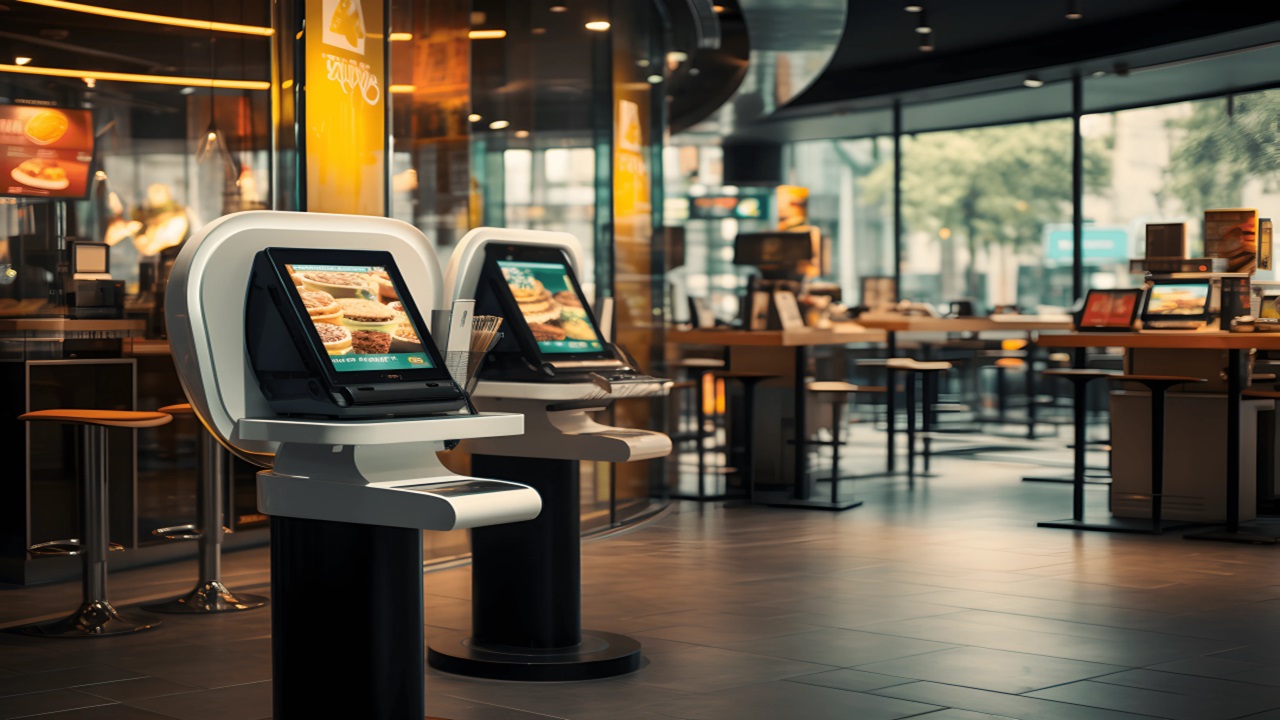Most services industries, particularly restaurants face the challenge of competition and therefore require knowledge of the client’s experience. Feedback from restaurant kiosk has become an effective means through which restaurants can obtain information from consumers. This paper aims to discuss the role of feedback kiosks in improving restaurant services and customer satisfaction.
Instant Feedback Collection
The first benefit of feedback kiosks is that they allow the gathering of customer opinions in real-time. Located with great visibility at the exit areas or strategic areas in the restaurant these kiosks enable diners to complete the digital feedback forms right after the meal. This helps elicit more insightful feedback as customers are likely to give details about the specific experience in nearly real-time.
Enhanced Customer Engagement
Feedback kiosks are not only a tool for customers to express their opinions but also a tool for creating engagement. Since customers are often involved in the feedback process, restaurants show that the opinion of the customers is important. Most kiosks have features like touch screens and friendly interfaces which enable customers to input their information. This engagement can lead to tremendous customer loyalty because everyone wants to feel that their perceptions count.
Finding Out the Areas That Need to Be Improved
Information gathered from the feedback kiosks is useful in identifying trends, and proportionately correcting the identified deficiencies. Through evaluating customers' feedback and their ratings, restaurant managers can be able to note frequent complaints, for instance, slow service delivery, choice of meals, and cleanliness. This information is very useful in decision-making to improve the dining experience. For instance, if several users provided negative feedback on a specific dish the restaurant can revise the recipe or take off the dish from the list of offerings.
Measuring Customer Satisfaction at Different Periods
In addition, through feedback kiosks, restaurants can also monitor the changes in customers’ satisfaction levels. Through the proper system of feedback classification and satisfaction scores, restaurant owners can determine how effective prior change initiatives have been. A continuous evaluation of these activities helps maintain the culture of a specific restaurant providing customers with the best that meets their emerging expectations.
Encouraging Customer Loyalty
People tend to return and give feedback when they realize that their feedback assists in changing something. Giving feedback is most effective if integrated through kiosks which can translate the message to the management that the voice of the customers is considered. The actual changes made to an organization’s operations can affect the dining experience positively and make customers come back for more experiences. Moreover, most restaurants offer incentives to their customers to encourage them to complete the survey.
Conclusion
Lastly, feedback kiosks serve a vital purpose in enhancing restaurant services since they offer cyclists instant feedback that is more vital than that offered by other forms of feedback. These kiosks help restaurants engage customers, find out where they went wrong, measure customer satisfaction, and build loyalty, all of which make for a better dining experience. Thus, the use of such technologies as feedback kiosks will remain crucial for the industry’s development and the ability to satisfy the new requirements of customers. Adopting such a progressive strategy helps improve the organization's satisfaction, loyalty, and consequently success.


